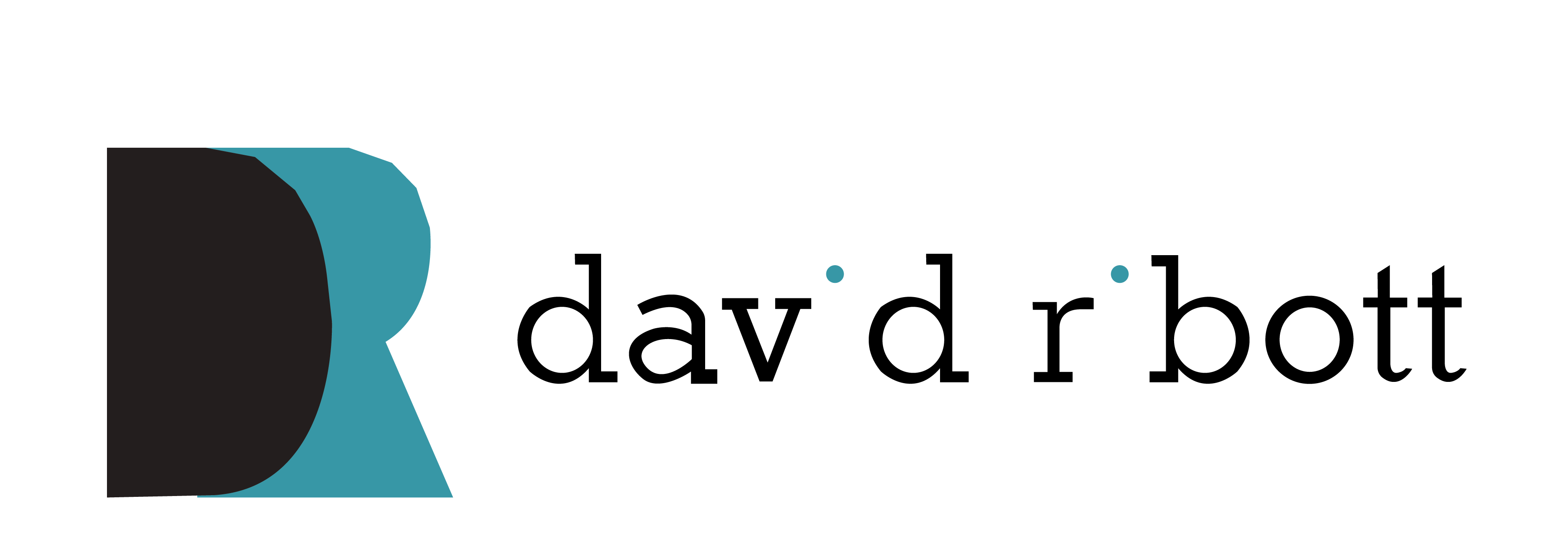From Part 1 of this blog series, I made the bold proclamation that moving away from the traditional one-to-one coaching and / or team coaching would open up a bigger space for value creation at organizations.
I am going to be bold again – want to improve your organization’s platform for leadership development, make coaching training available, and where possible allow coach leaders a path toward coach training and certification. Why?
Let me share a roadmap.
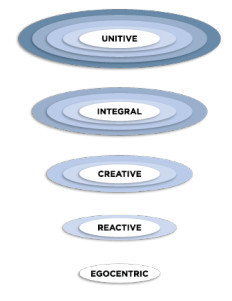
The Universal Model of Leadership
he great work of Bob Anderson & Bill Adams at The Leadership Circle, whose work can be read in full here, provide the perfect data lens for us to fully understand what is at play when leaders lead at organizations.
While there are 5 Stages in the Universal Model, we will focus our attention on one: REACTIVE.
It goes without saying, but I’m confident we all are familiar with what it means to be an EGOCENTRIC leader!
Most Leaders are Reactive
In their book, Mastering Leadership, Bob and Bill noted 75% of the world’s leaders operate from a place of Reactive Leadership with complying, protecting, and controlling the dominate behaviors in action.
To provide context, an organization that enforces compliance devoid of an employee empowerment strategy, allows departments to protect themselves against being held accountable, also is very likely to operate from survival mode and feel is it in the best interest of the organization to control its employees to command loyalty and obedience.
The fact that the global employee engagement rate sits at 13% shouldn’t come as a surprise.
What Leaders Say Matters in Leadership
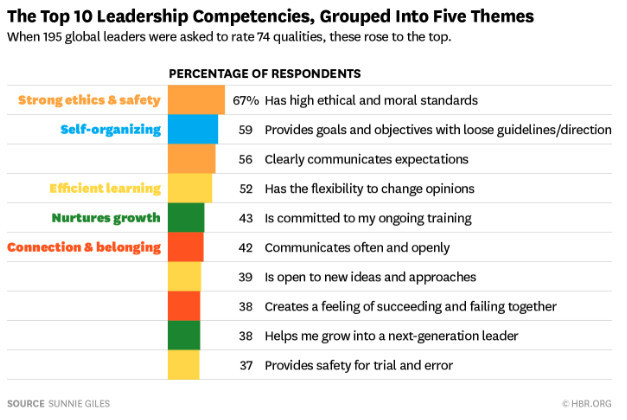
Research by Sunnie Giles into “what makes an effective leader” led to the discovery of 10 key competencies identified by leaders as important, along with their accompanying themes. A closer look shows each aligns with what are commonly referred to as “soft skills.”
The prevailing attitude has typically been “soft” skills are not important; “hard” technical skills drive results. I won’t comment on this other than to say social psychologist Dan Pink said it best in his book To Sell Is Human: The Surprising Truth About Moving Others, “there is nothing soft about soft skills.”
In fact, of Korn Ferry Hay Group’s 38 Talent Competency Framework, the top 13 are considered to be in the category of “soft.” Not surprisedly though, these soft skills often are connected to the competencies most difficult to develop in leaders, and not easily found in the job market among candidates in the running for leadership roles.
What does that mean for Talent Acquisition professionals? Candidates being screened for leadership roles with these competencies e.g. a documented history of successfully developing and leveraging these soft skills to achieve organizational results and enhance team performance are in high demand.
Coaching as Value Creation Strategy for Leadership Development
What’s the connection here to coaching? Well, according to the International Coach Federation, the benefits of coaching to organizations are:
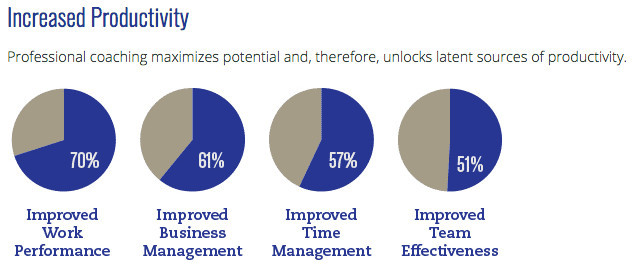
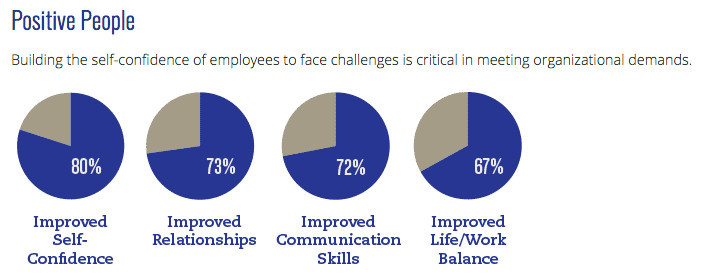
And these results fall into the category of one-to-one and / or team coaching. If we calibrate this with the insights from world-renowned Emotional Intelligence pioneer Daniel Goldman and his endorsement of the coaching leader style at the workplace, we see there is a positive correlation to improvements to key business areas such as:
- leaders driving performance results
- leaders developing talent (which impacts leadership development & succession planning)
- leaders engaging employees (note Gallup’s data on Global Employee Engagement from above)
Building up Coaching Capacity to Level up Leadership
While there is evidence to support the benefits of coaching, and the impact of a coaching leadership style, the fact remains:
“Many managers are unfamiliar with or simply inept at coaching, particularly when it comes to giving ongoing performance feedback that motivates rather than creates fear or apathy.” – Daniel Goldman
If we map what we now know about Reactive Leadership to John Maxwell’s 5 Levels of Leadership, we realize that essentially 75% of most leaders never make it pass Level 1.
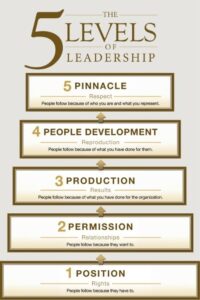
That means 3/4 of leaders operate at the lowest level of leadership – the basic entry point for one with a title.
Conversely, when we look at the benefits of coaching, and the impact of the coaching leadership style, we are able to access Level 2, Level 3, and Level 4 leadership development as a natural by-product of the application of coaching in some form or another.
What if, instead of organizations concentrating on leaders simply receiving coaching, included as part of their tiered strategy for leadership development a path for leaders who have experienced the benefits of coaching to be trained to coach internally for the organization.
More to the point, imagine the impact of going through the full coach certification process of becoming an industry qualified professional coach on an organization’s leadership development.
How might that put a dent on the practice of Egocentric & Reactive Leadership at your organization?
